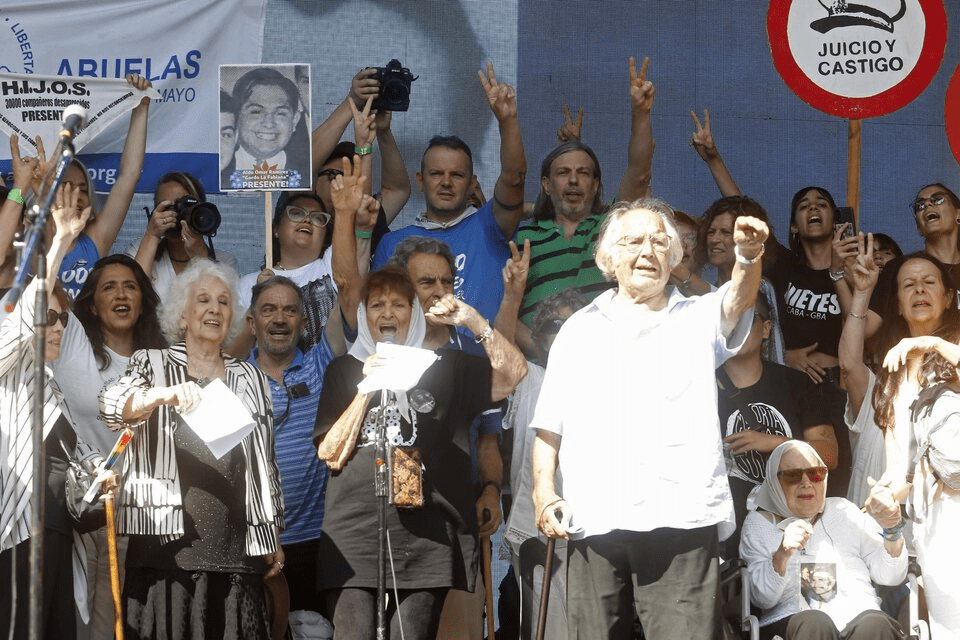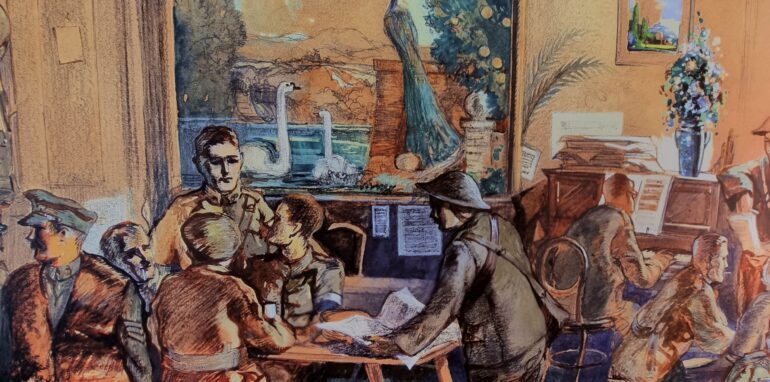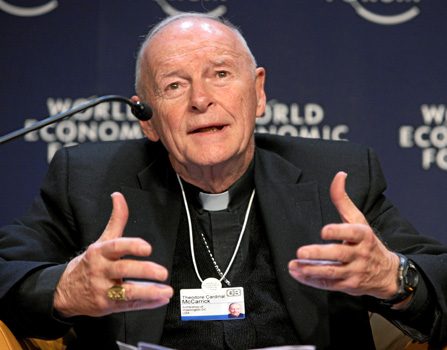During the course of a semester, numerous open discussions, presentations, and sofa talks all took place within the environment of a rough exposed concrete interior on the 24th floor of the WTC building in Brussels. These weekly meetings involved discussing current topics and texts in relation to architecture and activism over some enthusiastic chatter, laughs, and sarcastic remarks.
Coming from a background where I had no exposure or sense of activism, and, further more, its relation to architecture, I was curious to learn exactly what role architecture could play into activism. The relation between these two entities and the understanding of their roles highly depends on each individual and their definition of both architecture and activism. If we were to follow the very literal meanings of the two words from the Oxford English Dictionary, architecture is “the art or practice of designing and constructing buildings”, and activism is “the policy or action of using vigorous campaigning to bring about political or social change”.
Therefore, according to the bare meaning of these two words, architecture and activism together would come to a rough definition as “the designing and constructing of buildings that are built for bringing about social or political change”. Yet, in most modern activist movements today, existing structures or public spaces are used as platforms for eluding change. For example, a well-known location for activist gatherings in Brussels is at Bourse in front of the symbolic steps of the stock exchange building. At the beginning of May, a number of organisations and artists alike (our very own Lieven de Cauter) facilitated a gathering to ‘reclaim the steps’ of Bourse to go against the commercialisation of the stock exchange building by writing these words in English, French, and Dutch.
In this case, as well as other examples or case studies presented in the class, it is not architecture that has been designed and constructed for the meaning of facilitating activist movements, but instead, it is architecture and public space that has become repurposed for making public statements. Taken from Judith Butler’s text on “Bodies in Alliance and the Politics of the Street”, “space and location are created through plural action. Action, in its freedom and its power, has the exclusive power to create location”. The creation of space through people and action, I believe, is more powerful than any design or construction that is created by architects, who try to visualise the ideal usage or programme for certain users. Therefore, shouldn’t the words ‘Architecture and Activism’ be rethought? If not, in its essence and raw description above, the very meaning of architecture and activism on a larger scale can result in a grim example from the Soviet Union, the Narkomfin building.
Of course, there are smaller scale architectural interventions that attempt to make a statement or in some way provoke the way we think about public spaces and building design, but how can everyday people read and understand when a certain architectural intervention is meant to provoke change and conversation? As a primal sense, we all read and understand the basics of space by feeling and comfort, and those are the commons that we share globally. Yet when having a room of architects, activists, and design enthusiast together, the conversation and understanding towards space and the commons can easily evolve into a fruitful afternoon of dreaming about the ‘what if’s’.
Tiffany Monteverde

















